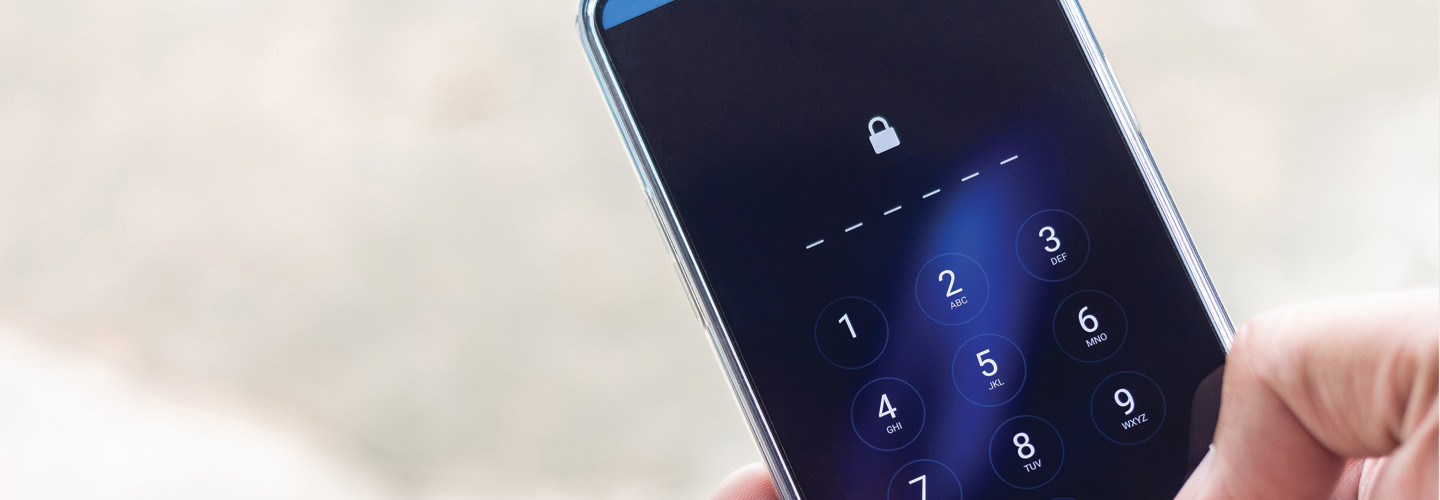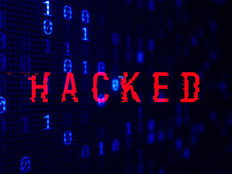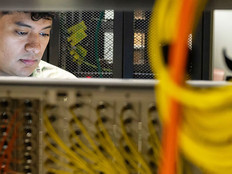Meanwhile, CDW•G was in charge of acquiring, configuring and delivering more than 600,000 iPhones, iPad devices and Dell laptops to 248 census field offices throughout the U.S. And once the count was done, CDW•G was also in charge of erasing and disposing of the devices.
Ron Harris, CDW’s director of configuration services, says security was baked into every process from beginning to end. The company used dedicated wired and wireless networks to bolster security as employees set up and installed software on the mobile devices, he said.
“When we downloaded the apps, firmware and security policies, it was only on a network specifically for census. We did not share that network with any of our other customers, so there was no risk of mixing,” says Eric Thorson, CDW’s senior project manager for configuration services.
READ MORE: Configuration specialists can make your agency’s project more manageable.
How to Protect Data on Lost or Stolen Devices
As part of the effort, CDW provided asset management services and enrolled the devices in the Apple Device Enrollment Program (DEP), which essentially tied every iPhone and iPad to the Census Bureau, so only census workers could use the devices, Thorson says.
Apple DEP allowed the Census Bureau to manage device settings, including the required installation of VMware’s Workspace One mobile device management software.
“Only intended users could log in with their census credentials,” says Jack Nichols, CDW•G’s CTO for federal and senior manager of technical resources. “As soon as individuals logged in, that was recorded. We had unique IDs that each individual carried, so once they logged in, we knew an individual had that specific device, and that’s how we tracked them through the MDM platform.”
The MDM software provided extra security during field operations. Besides requiring multifactor authentication, the MDM software allowed the Census Bureau to remotely update the devices with software updates, including important security fixes, Thieme says.
If the devices were lost or stolen, the Bureau used the MDM software to remotely erase them. When the door-to-door field operations were completed last October, only 0.4 percent of the iPhones had been lost or stolen, he says.
“We had an excellent retention rate, and we feel good about that,” he says.
DISCOVER: How can Device as a Service ease an agency’s prelaunch workload?
How to Coordinate Delivery and Return of the Mobile Devices
When it came to delivery, the CDW•G team monitored the process and ensured that the devices were successfully delivered to the Census Bureau’s 248 field offices and were not lost or stolen. “We had tight chains of control and made sure all those assets were accounted for,” Thorson says.
On Oct. 15, when the enumerators completed 64 million household visits, the CDW•G team managed the device return process the same way, but in the opposite direction. CDW•G coordinated a biweekly pickup from the Bureau’s 248 offices.











